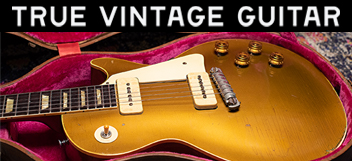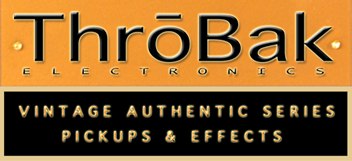JoeC
Member
- Joined
- Oct 25, 2019
- Messages
- 92
AgreedThroBak uses USA made magnets , which the foreign made and imported are not up to spec as the vintage era magnets used by Gibson . Which certainly makes a difference . Besides the old growth wood used by Gibson in the Golden Era it comes down to the vintage PAF's and also the plastisizers used in the modern formula of the Nitro that Gibson Custom finishes the instruments with, but with the finishes being so thin the wood resonates and vibrates and sings in my hands in the neck and the body and you can feel it very easily . Not that I can tell a difference between Brazilian rosewood boards versus East Indian rosewood boards , as I have 2 -2018 Brazilian board R9's and I can't hear a difference . I believe that Gibson Custom since 2018 and forward are making the best Les Paul's since the Golden Era . Everything is perfect to my ears and my feel , as I have been playing Les Paul's since 1977 .



